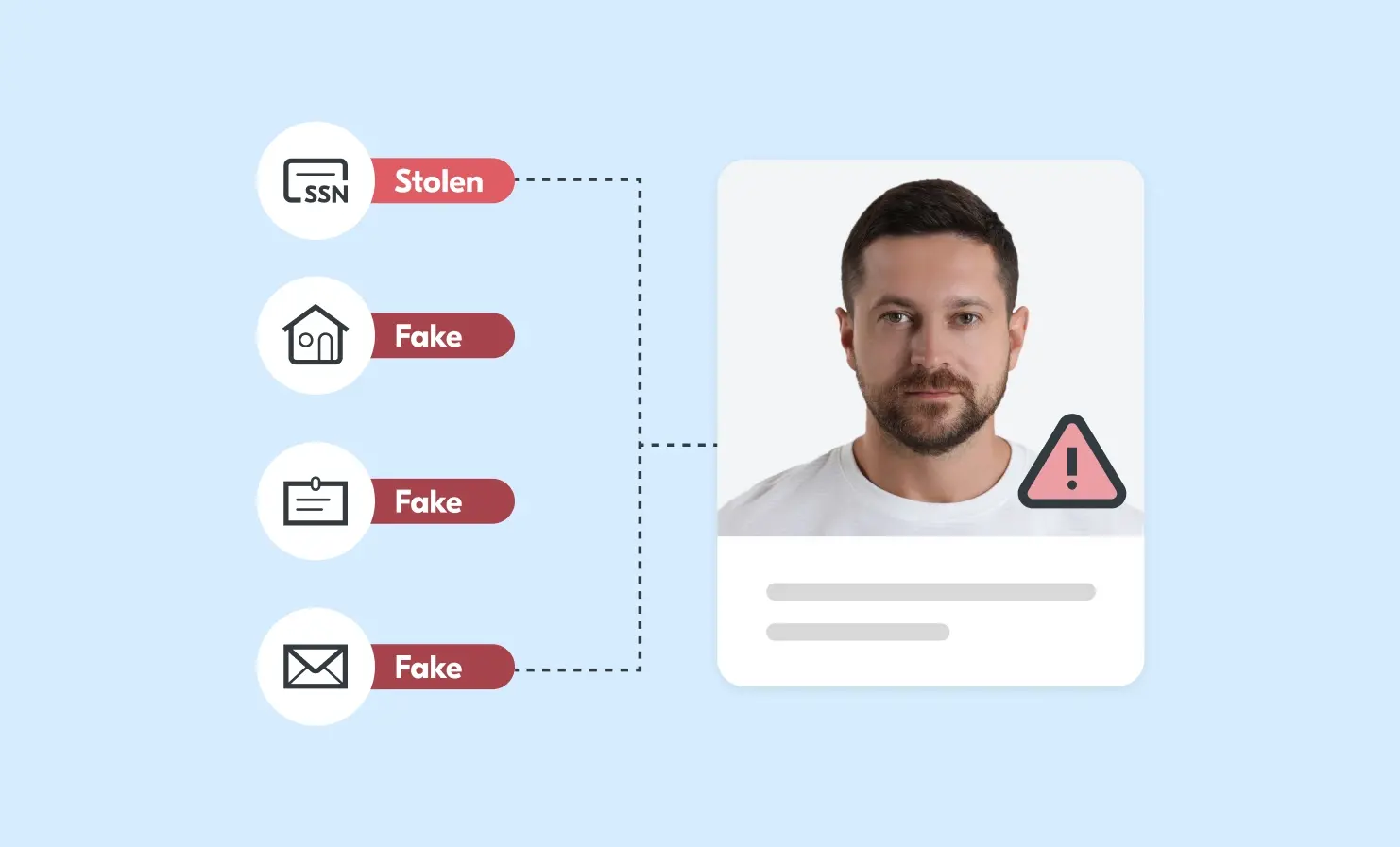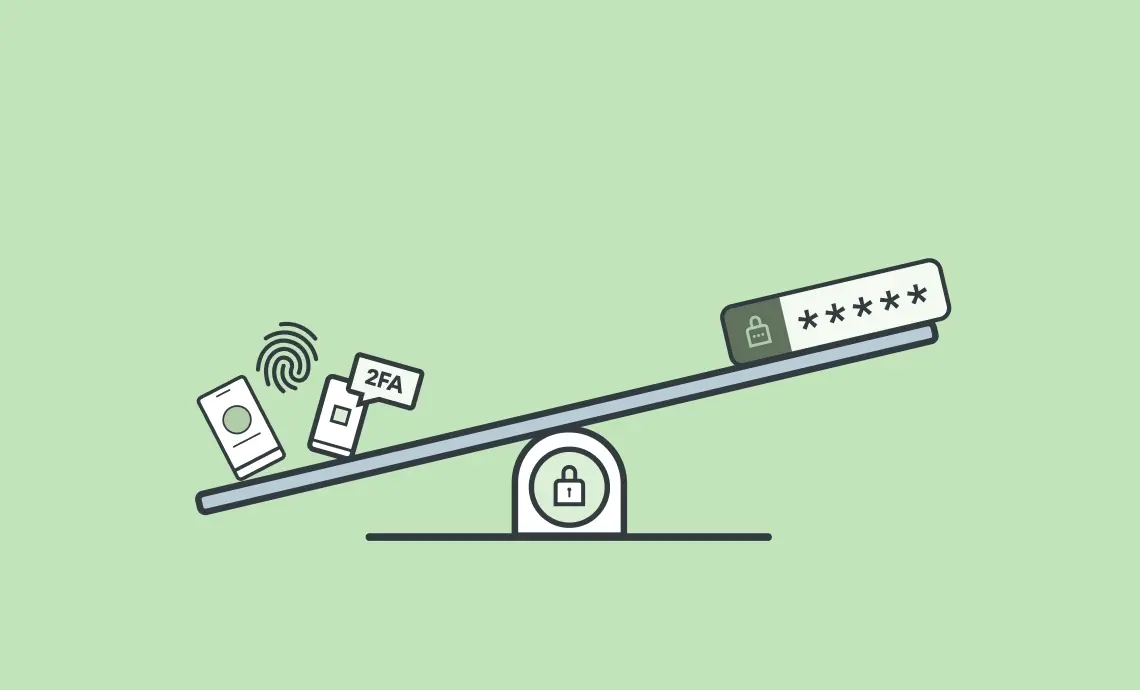How strong authentication powers Zero Trust and protects against cyber threats
Until recently, organisational cybersecurity typically relied on a fortress mentality, by building a strong perimeter with firewalls and VPNs, and trusting everything inside. But in today’s digital world of cloud apps, remote work and hiring, supply chain integrations, virtual connections and sophisticated attacks, that approach is no longer enough. Once criminals breach the walls, they can often move freely and undetected. If a business can’t reliably confirm who’s accessing its systems, it leaves the door open for cyber criminals. When authentication is weak, malicious actors can: Steal employee or customer login credentials through phishing and use them to access
What is synthetic identity fraud? How it works and how to prevent it
What is synthetic identity fraud? Synthetic identities are fake identities, built by combining real and made-up information, earning them the nickname “Frankenstein IDs” due to their pieced-together nature. Synthetic identity fraud is different to traditional identity fraud as it doesn’t involve an obvious, immediate consumer victim. These fake profiles are designed to mimic real customers, often slipping past traditional fraud detection systems because they don’t raise typical red flags. As a result, the primary victims of synthetic identity fraud are businesses and lenders, who bear the financial losses. How synthetic identities are created and used
Beyond passwords: exploring modern authentication methods for secure login
As online threats grow more sophisticated, the way we authenticate users needs to evolve. This blog explores the modern authentication methods which can support or replace passwords, such as biometrics and verified digital IDs, and how businesses can use them to protect accounts, reduce fraud and build trust with users. What is authentication? Authentication is the process of verifying that someone is who they say they are, typically before granting them access to a service or system. Traditionally, this has involved entering a username and password, something only the user should know. Are passwords enough to keep
Under the hood of facial age estimation
Since the UK Online Safety Act came into force on Friday 25th July, there has been a lot of discussion about how effective age checks are. Facial age estimation has been approved by Ofcom as a high assurance method for online age checks. It’s a quick, private and effective way to confirm if someone is above or below an age threshold. Each facial age estimation is quick and simple – taking around one second. This has sparked conversation when talking to businesses, press, regulators and governments – one of the most striking comments we’ve heard when showing them the
Verifying age with email address age estimation
As legislation increasingly serves to protect children online, businesses and platform operators require efficient and privacy-conscious methods to verify user ages. Email address verification is just one of these methods, leveraging email metadata to estimate a user’s age without collecting further personal information. This guide explores how email age estimation works, its reliability, regulatory compliance, and how it performs as a tool for businesses that wish to balance user experience and risk. What is email address age verification? Email address age verification is a method of age assurance used by websites and online operators to determine





